Table of Contents
Start Tracking User Acceptance to Enhance the ROI of Your Digital Transformation
A summary of the details of the article will go here.
by Dan Eriksen, Head of Customer Solutions at FOUNT Global
Digital transformations present a number of challenges – from the technical (is everything working correctly?) to the operational (is the tech doing what it’s supposed to do?) to the financial (how do we nail down ROI?). It’s crucial for organizations to find ways to manage these challenges, since roughly 70 percent of transformations fail.
While fighting uphill against these odds, however, it’s important to not lose sight of one of the most important pieces of the puzzle – the human factor. Are your employees using the tech as you hoped they would? Many organizations try to answer this question by measuring adoption of a new tool or solution; if people are using it, the thinking goes, the transformation must be going well.
But adoption alone isn’t necessarily the be-all-end-all of success. A far better way to get to the all-important ROI of a digital transformation project is by gauging user acceptance. Using a tool is one thing, after all, but employees accepting it into their regular work routines and achieving measurable results is how your organization gets the most out of that investment.
Understand the Difference Between Adoption and Acceptance
It’s not particularly difficult to measure adoption, nor is it wrong to do so. By monitoring simple usage with time logs and keystroke data, you can tell whether employees are actually working with a new tool or solution – certainly an important part of any transformation project. But beyond that, are you really getting any worthwhile insight into how things are going?
Far more meaningful in this regard is user acceptance data. Adoption just means employees are using the tool; you can brute-force your way to adoption. Acceptance, on the other hand, is when employees are not only using a tool, but they’re also happy with the way it’s integrating into their work processes – they see the value of it in their day-to-day work.
Why does this distinction matter in the grand scheme of things? Because adoption without acceptance is almost as problematic as a lack of adoption altogether. After all, just because employees are using a tool doesn’t mean it’s making them more productive – in fact, just the opposite might be true.
Adoption Alone Won’t Get You Where You Want to Go
We’ve seen the disparity between adoption and acceptance in plenty of digital transformations that have gone sideways. For example, a large company we recently worked with was rolling out a new IT ticketing system. The goal was to make the process easier and more efficient, and employees initially took to the new system – adoption was looking good.
But there were huge gaps in satisfaction, particularly among different types of requests. Simple, straightforward things such as password resets and wi-fi issues were being handled efficiently, but more complex issues like system reboots and hardware problems were getting bogged down. As employees saw the limitations of the system, they sought a return to the old way of doing things, effectively rejecting the new technology.
In another case, a large consumer goods company we worked with tried to automate its ordering system with AI-enabled bots. Employees liked the potential of the new tool to take over some of their lower-level manual tasks, but things didn’t go according to plan.
The bots often misjudged order volumes and frequencies. This meant the time saved on manual ordering was shifted to time spent trying to placate angry customers. One mildly unpleasant task had been traded for a far more unpleasant task. And now customers were upset to boot. Adoption of the technology, in this case, wasn’t telling anything close to the full story.
Get to the “Why” Behind Adoption Rates
In both examples above, the companies had adoption data, but it didn’t explain what was going wrong. These companies certainly weren’t seeing the ROI they had expected from a streamlined IT ticketing system or a more efficient product ordering system. But without knowing exactly why, neither had a clear path to make the necessary adjustments that might get them to those goals.
They turned to work friction data – which measures employee pain points and obstacles – to help solve for the “why” that adoption alone couldn’t. By using work friction insights, the company in the first example was able to see the issues plaguing certain requests.The solution was to modify the IT ticketing system to assign priority levels to different kinds of issues, thus offering a clear and timely path of escalation for more complicated requests.
In the second example, meanwhile, work friction data provided a clearer idea of how employees were manually processing orders. This enabled the company to tweak its bots to more closely mimic that manual work and generate more accurate order volumes and schedules.
In both cases, it took getting to the “why” to understand what adjustments were needed in order to move from simple adoption to actual acceptance. When employees started to accept the tools and use them as intended, the companies were better able to see the productivity and time-saving outcomes – and the ROI – they had in mind.
Use Work Friction to Target Acceptance Instead of Just Adoption
Adoption is important in any digital transformation project – if employees won’t use a new tool or solution, it’s doomed to fail. But while most companies track adoption, they don’t always know what impacts it – or what to do about it.
What they need is a way to measure acceptance. Why are employees using or not using a new tool? What changes can they make to get where they need to go? In many cases, it’s not necessarily about abandoning a project altogether and starting over – as in both of the examples presented here, it might just be a matter of reconfiguring software or making a few minor tweaks to the tool.
What they need is a way to measure acceptance. Why are employees using or not using a new tool? What changes can they make to get where they need to go? In many cases, it’s not necessarily about abandoning a project altogether and starting over – as in both of the examples presented here, it might just be a matter of reconfiguring software or making a few minor tweaks to the tool.
By understanding work friction, you can get to that “why” by getting greater visibility into the pain points and obstacles employees are encountering in their work – and how the new technology is or isn’t helping in those areas. And when you make the kinds of adjustments that help drive greater acceptance, you’ll start to see much more clearly whether your project is delivering its projected ROI.
Contact us to get started.
Related Resources
See all News
FOUNT News
LIVE Webinar. Beyond AI Hype: How to De-Risk Your GBS Transformation with Friction Data

Guest Post
3 Signs Your GBS Is Creating Friction Instead of Flow (And How to Fix It)
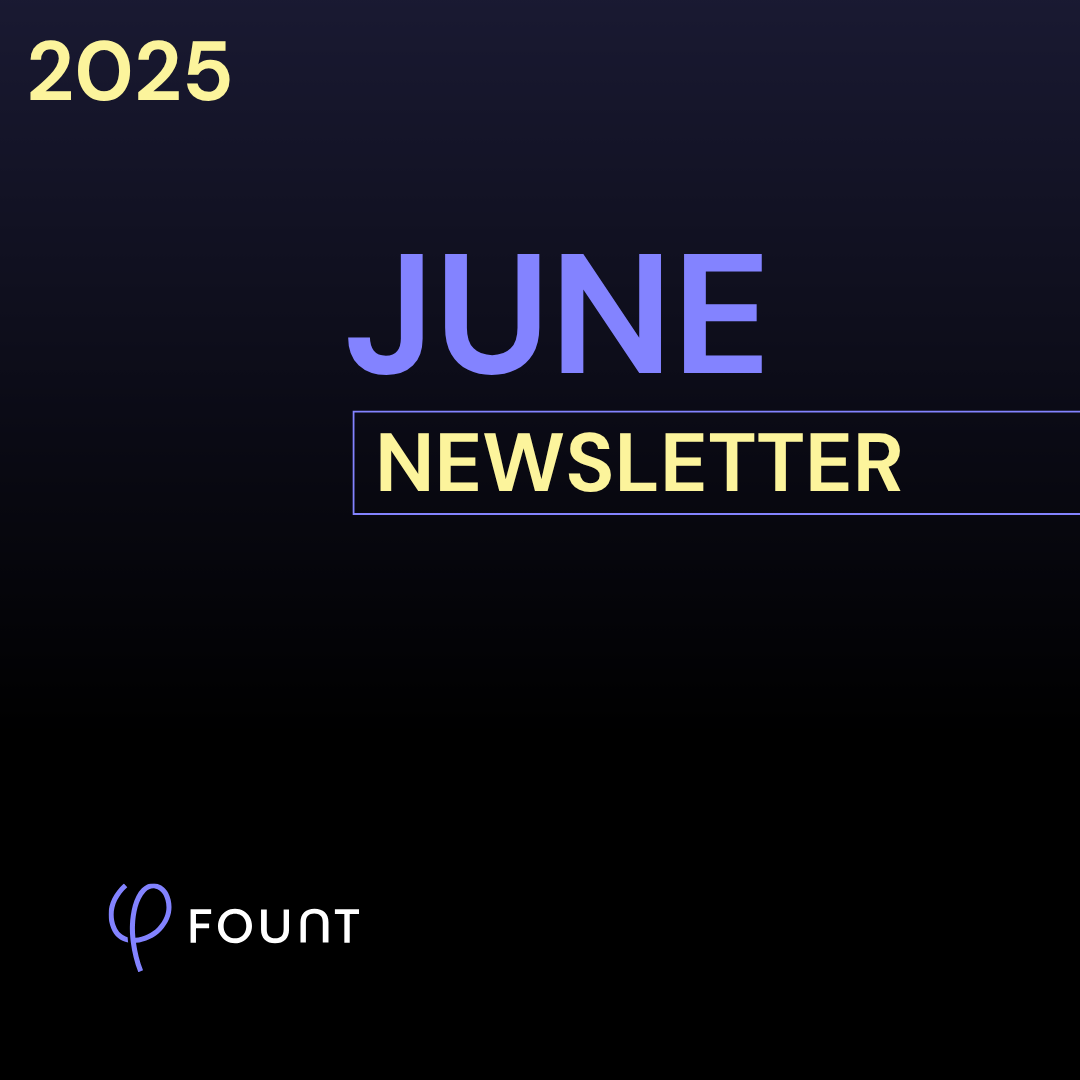
FOUNT News
June Newsletter: Friction is Killing Your AI ROI.

Insights
Breaking the False Tradeoff in GBS: Efficiency vs. Experience
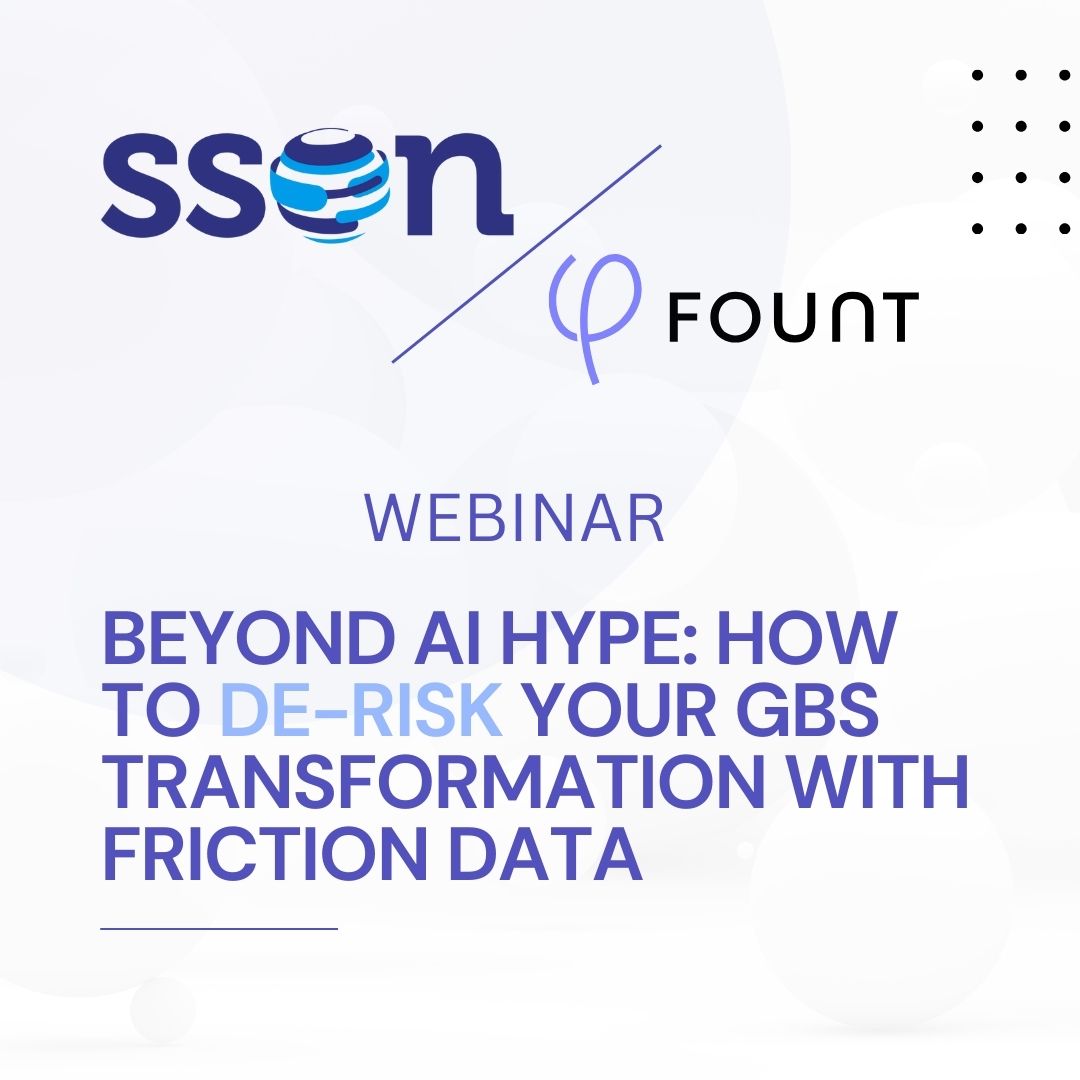
Events
LIVE Webinar – July 9th for SSON Network. Beyond AI Hype: How to De-Risk Your GBS Transformation with Friction Data
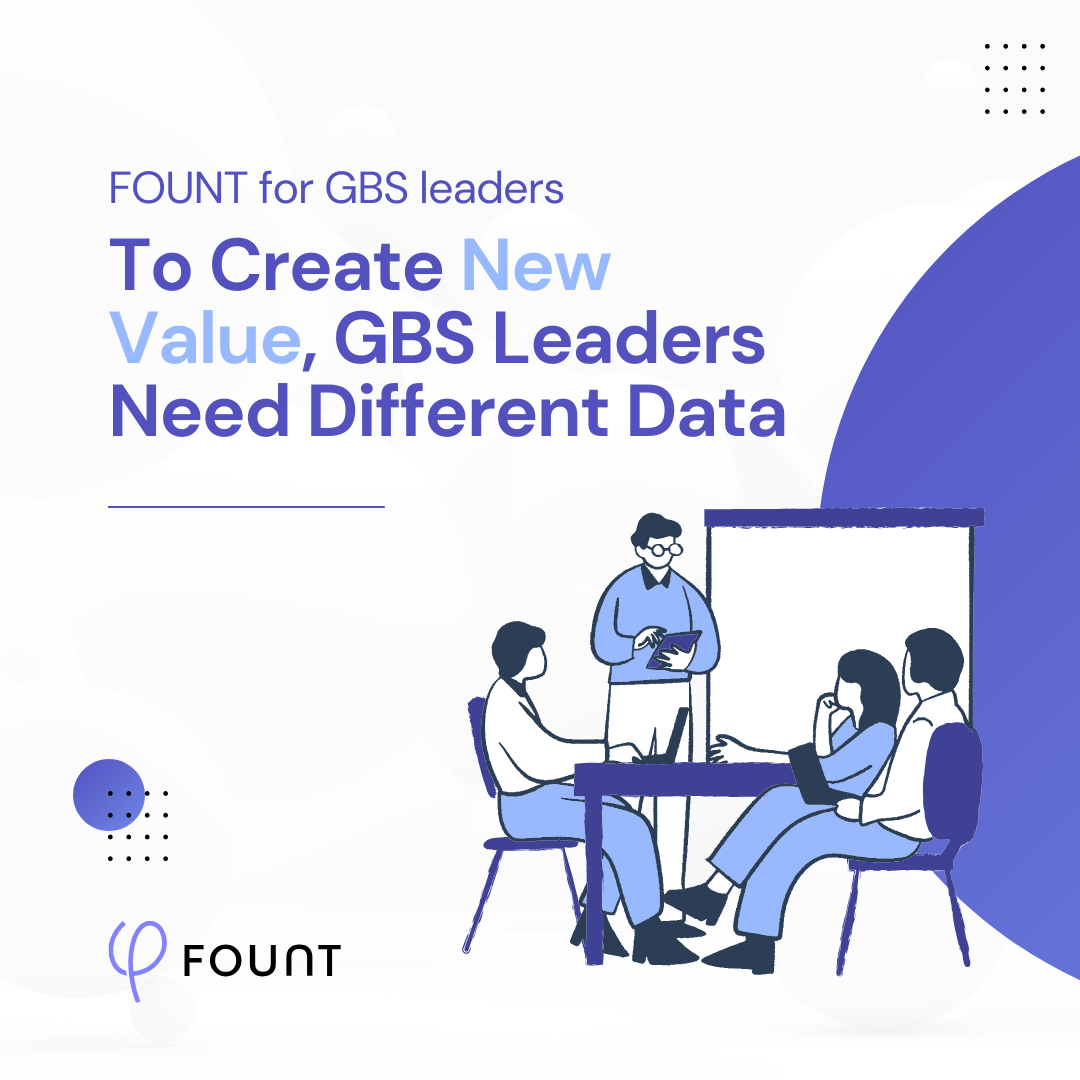
Insights
To Create New Value, GBS Leaders Need Different Data
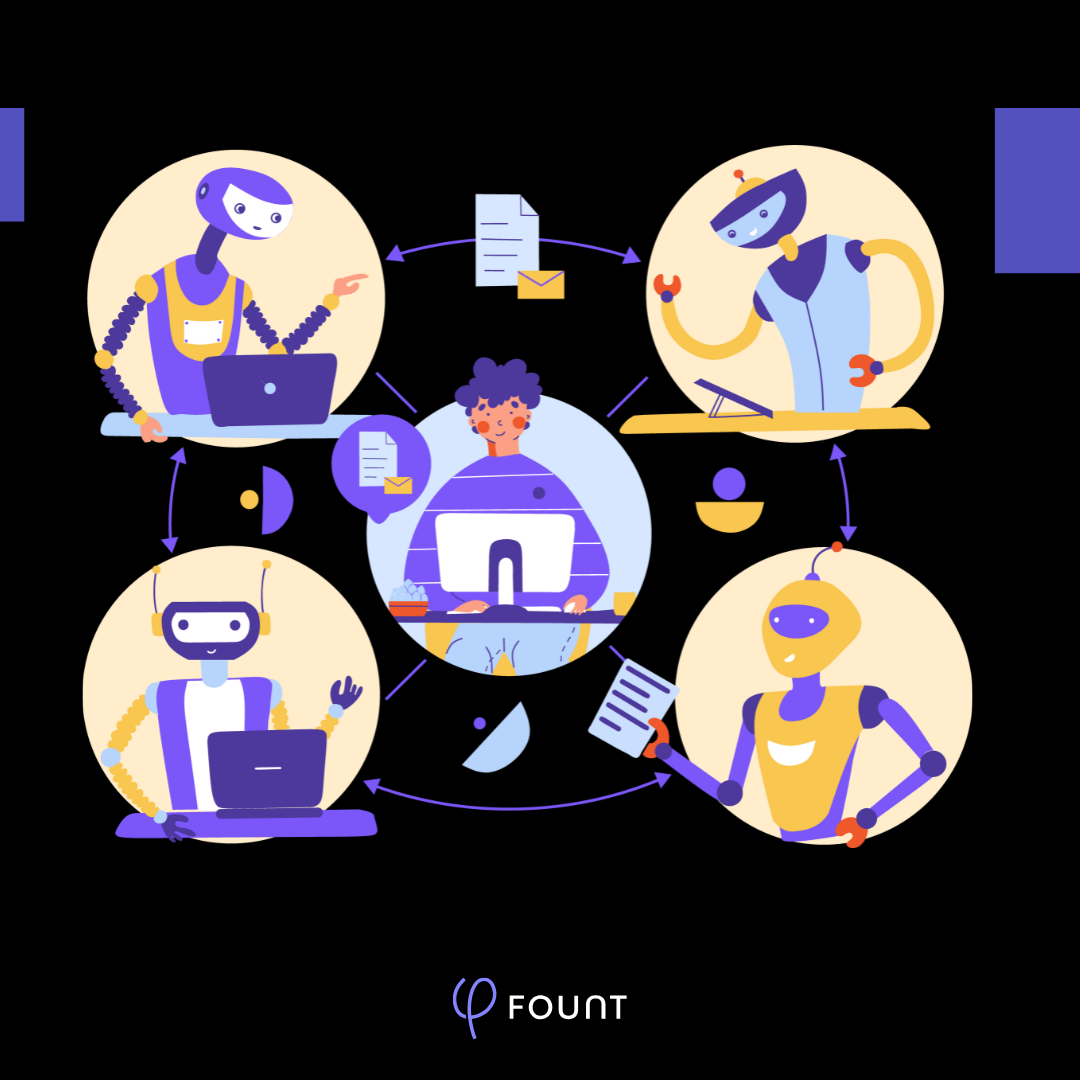
Insights
How to Keep Up with the Latest AI Developments
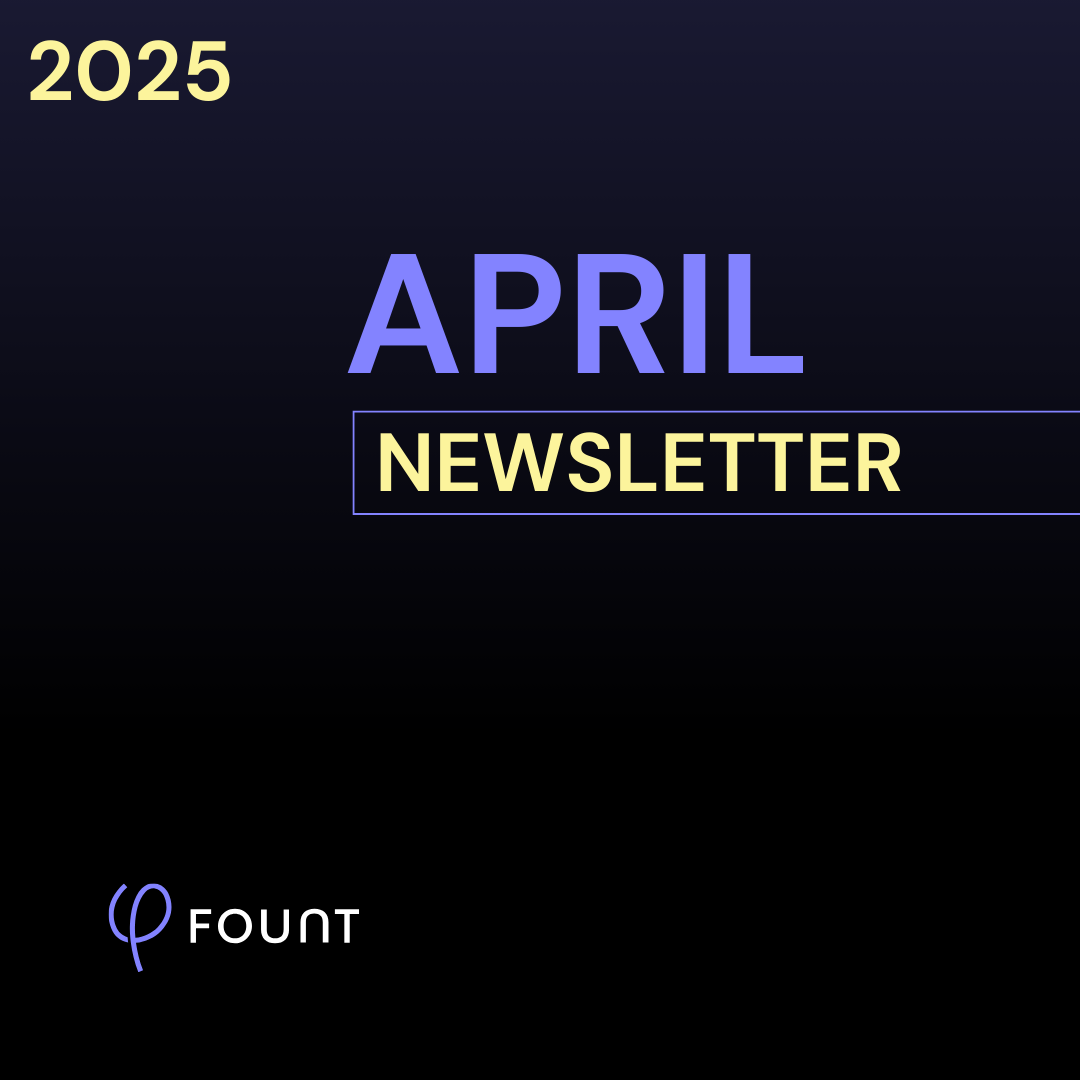
Insights
APRIL Newsletter. Friction: You Can’t Improve What You Can’t See



